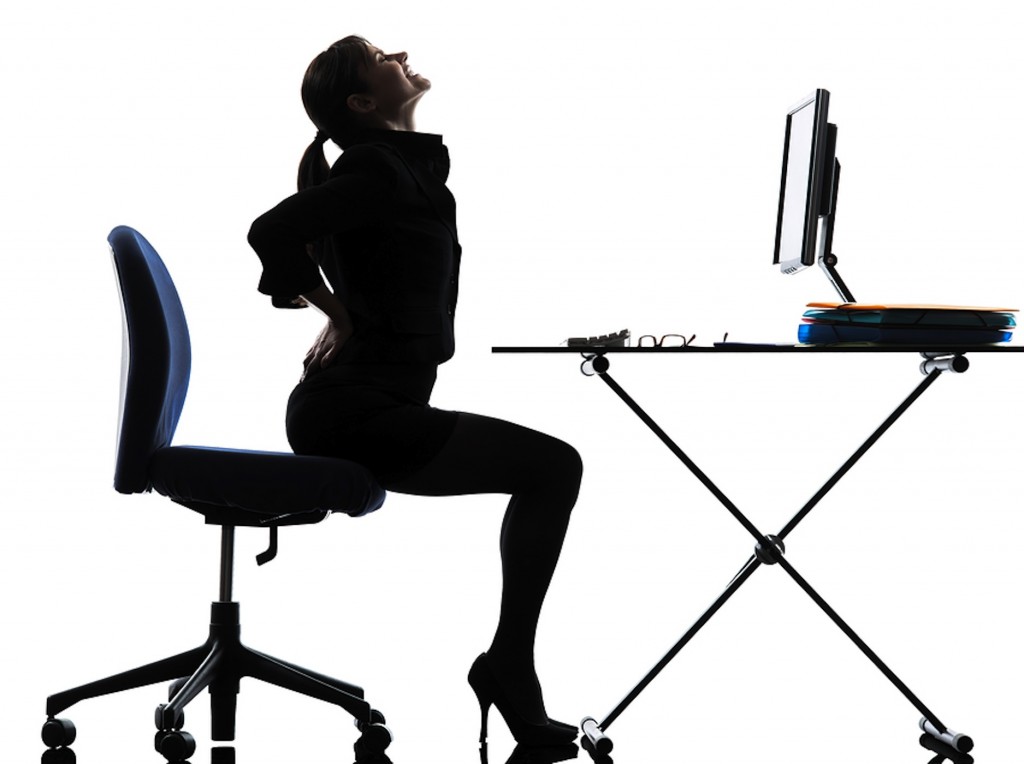26 May It’s Not You. It’s Your Pelvic Imbalance.
Lower back pain bothering you again? Have you spent too much time at a desk, sustained an injury or are post-surgery (or even post-natal) and your balance is out of whack? It could be that your pelvis is unbalanced.
But don’t fret. In the vast majority of cases, this is not as serious as it sounds. It could just a matter of rectifying the imbalance, learning new exercises to retrain your body and be more aware of the way you sit, walk and stand.
But what is it and what causes it?
“Pelvic imbalance is very common, but can be a major factor behind a whole host of physical problems – spine and lower back pain, knee pain, ankle and groin strains – to name a few,” says Flex co director Heather Thomas Shalabi.
“If the hips are not balanced, then the strain placed on the back, stomach and connective tissue of the pelvis region, even down the legs, can vary dramatically from one side to the other, resulting in one side over-working. This dysfunction can also lead to injury, as imbalance creates instability.”
Donna Gee – Flex physiotherapist who takes a Pilates-based approach to rehabilitation and says 99.9 per cent of her clients have this issue – says pelvic imbalance has a myriad of causes.
“It can start with an accident or injury, likely as early as childhood, such as falling off your bike, out of a tree, off a horse, pushed down the stairs, a car accident,” Donna says.
“Because of youth, the injury heals quickly and the body appears to have returned to normal. But the injury will have affected muscles and body alignment enough to start the imbalance. Eventually, the muscle imbalance catches up to you when you are an adult and you suffer an injury.”
Then, there is anything that creates abnormal joint alignment and asymmetrical posture, such as over-active, tight, or long, weak muscles.
“This is just as common in individuals as it is in sports people, or those who work out hard and do not stretch, as it is in someone who sits in the office most of the day,” Donna says.
Also, how you position your feet and knees when you stand can lead to pelvic imbalance, because if the stance is misaligned, the pelvic stabilizers cannot work at their optimum to support the pelvis.
“People with ‘bad’ posture will have pelvic imbalance.”
Then there’s pregnancy. The hormones released during the last trimester result in the ligaments supporting the pelvis to become lax, in order to assist with the delivery.
“The pelvis is vulnerable during this period. This weakening of the pelvic stabilizers during pregnancy will result in imbalance if it’s not rehabilitated with correct exercises post-delivery,” says Donna.
Often, a pelvic tilt or rotation also occurs. Ideally, Heather adds, the pelvis should be balanced with no abnormal anterior (forward), posterior (backward) or side tilting. If a horizontal line is drawn at the top of the pelvis, it should be parallel with the floor. It if isn’t – that is, there is one side lower than the other – a pelvic tilt exists.
Sometimes, it’s difficult to know if a pelvic imbalance is behind our pain and/or imbalance. Seeking guidance from a professional is a good idea, but learning the ongoing exercises and walking, sitting and standing tools to avoid it reoccurring is equally as important.
One of the most effective tools for those with a pelvic imbalance is Pilates, primarily because of its focus on the core. Strong core muscles allow us to continually correct a tilted or unbalanced pelvic area, particularly when walking or standing.
“If you have pelvic instability, you are at risk of injuring your low back and may very well develop pain in your neck, low back, hips, knees and feet,” says Donna. “If the imbalance is not addressed, the risk of re-injury is high and one could end up with chronic pain.
As a result of this common complaint, Heather is running a workshop, Pilates for Pelvic Imbalances, May 31 from 12-1.30pm at our One Island South studio.
“During this workshop, I will guide you through exercises for strengthening and aligning the pelvic ring core, muscles that hold the spine in correct alignment when in a neutral position,” Heather says. “Knowledge from this will take you one step closer to protecting your spine and lower back from unnecessary stress and strain.”




